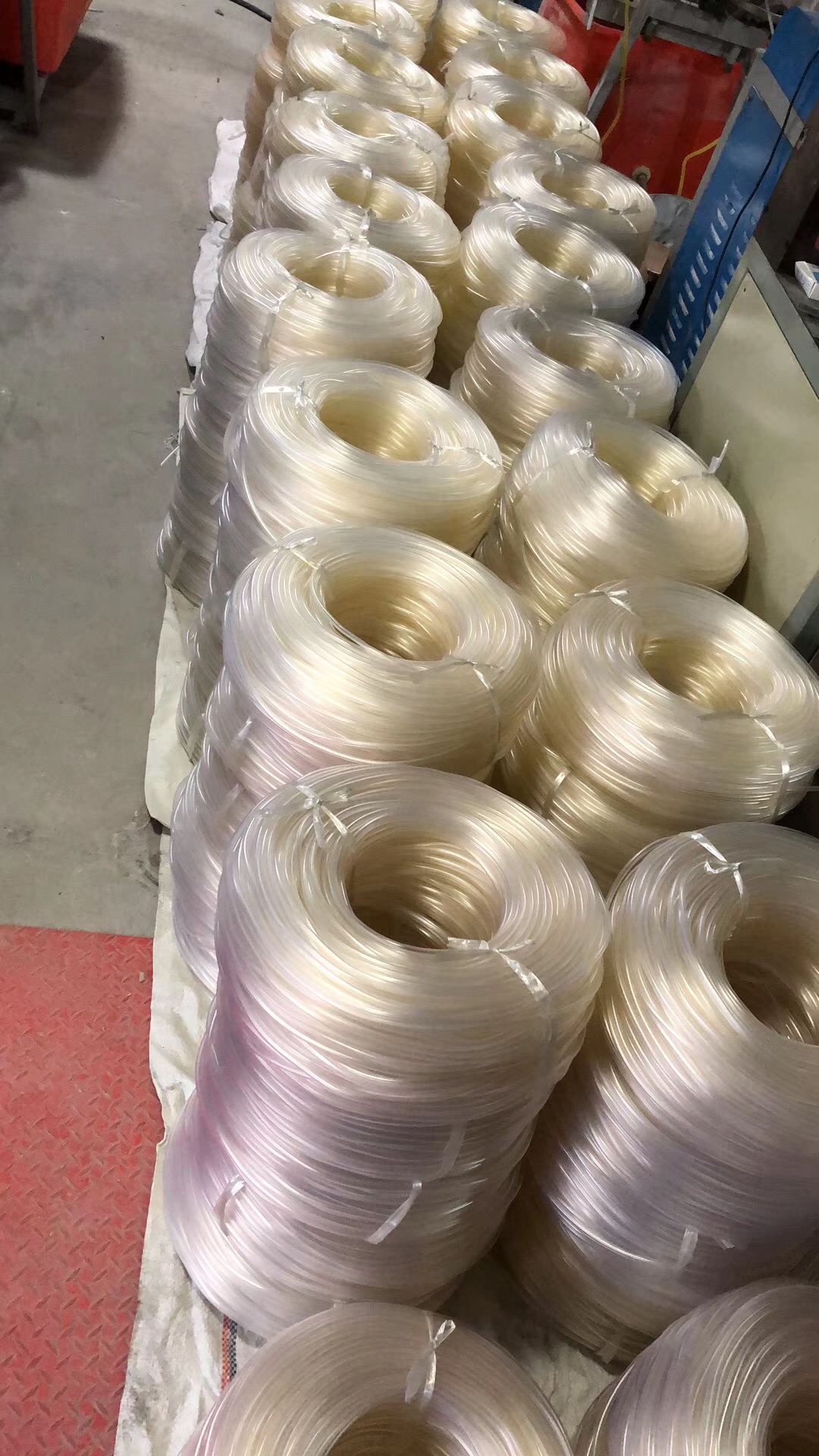pvc air hose vs rubber
PVC Air Hose vs. Rubber Air Hose A Comprehensive Comparison
When it comes to air hoses, two of the most common materials used are PVC (polyvinyl chloride) and rubber. Both options have their own set of advantages and disadvantages, making the choice between them dependent on the specific application, environment, and user preferences. In this article, we will explore the characteristics, benefits, drawbacks, and ideal uses of PVC and rubber air hoses, helping you make an informed decision for your next air tool or pneumatic project.
Characteristics of PVC Air Hoses
PVC air hoses are made from polyvinyl chloride, a synthetic plastic polymer. This type of hose is lightweight, flexible, and resistant to tangling, making it easy to handle and store. PVC hoses typically come in a variety of colors and are less expensive than their rubber counterparts. They are generally found in various diameters and lengths, suitable for a range of applications.
One of the notable features of PVC hoses is their resistance to kinking, which helps maintain airflow without interruptions. Additionally, PVC is resistant to many chemicals, which can be beneficial in environments where exposure to oils and solvents is likely. This type of hose can operate in moderate temperature ranges, but it may become less flexible in colder conditions.
Characteristics of Rubber Air Hoses
Rubber air hoses are composed of natural or synthetic rubber, offering a different set of properties compared to PVC. One of the most significant advantages of rubber hoses is their durability and resilience. Rubber hoses can endure extreme temperatures — both hot and cold — without losing their flexibility. This makes them ideal for outdoor applications and harsh working conditions.
Another noteworthy feature of rubber air hoses is their ability to withstand high pressures. They tend to have better abrasion resistance and can handle more rigorous use compared to PVC hoses. In terms of weight, rubber hoses are generally heavier and less portable, but they excel in strength and longevity.
Advantages of PVC Air Hoses
1. Lightweight PVC hoses are lighter than rubber hoses, facilitating easy transport and handling, particularly for extended periods.
2. Cost-effective Typically, PVC hoses are cheaper to manufacture, making them an economical choice for occasional use or for projects where budget constraints exist.
3. Kink resistance The construction of PVC hoses allows for less kinking, which can improve airflow and efficiency when in use.
4. Variety PVC hoses come in a wide range of colors and lengths, providing users with flexibility in design and application.
Advantages of Rubber Air Hoses
1. Durability Rubber hoses have a longer lifespan, making them suitable for heavier duty applications in industrial settings.
pvc air hose vs rubber

2. Temperature resistance They can withstand extreme temperatures, making them ideal for use in diverse environmental conditions.
4. Flexibility Even in cold weather, rubber hoses maintain their flexibility, which can be a critical factor in many operational scenarios.
Disadvantages of PVC Air Hoses
1. Temperature sensitivity PVC hoses become stiffer in cold conditions, which can affect their usability.
2. Less durable While they are adequate for light to moderate use, PVC hoses can wear out faster than rubber hoses under heavy-duty applications.
3. Limited pressure handling PVC hoses have lower pressure ratings compared to rubber, making them unsuitable for high-pressure scenarios.
Disadvantages of Rubber Air Hoses
1. Weight Rubber hoses are generally heavier and can be cumbersome to move around.
2. Cost The initial cost of rubber hoses is often higher than that of PVC hoses, which may deter some potential users.
3. Kinking While rubber is relatively flexible, certain types can kink under extreme conditions, leading to airflow issues.
Conclusion
Choosing between PVC and rubber air hoses ultimately depends on your specific needs and the nature of your projects. If you're seeking a lightweight, cost-effective option for light to moderate use, a PVC air hose may be the right fit for you. On the other hand, for heavy-duty applications that demand durability, temperature resistance, and high pressure capabilities, a rubber air hose would be more suitable.
Consider the environment in which you will be working, the nature of the tasks at hand, and your budget when making this critical decision. Both PVC and rubber hoses have their unique benefits and limitations, but by understanding these factors, you can select the best tool for your air supply needs.
-
Top Quality Oxy Acetylene Hoses for Sale Fit for Welding DemandsNewsJul.28,2025
-
The Future of Pneumatic Air Tubes in IndustryNewsJul.28,2025
-
Superior and Reliable LPG Hose Pipe Solutions for Every NeedNewsJul.28,2025
-
Exceptionally Durable and Versatile Premium Braided PVC TubingNewsJul.28,2025
-
Best Adapters for Connecting Garden Hose to PVC Pipe ConnectionsNewsJul.28,2025
-
The Essential Role of LPG Hoses in Safe and Efficient Gas DistributionNewsJul.16,2025














